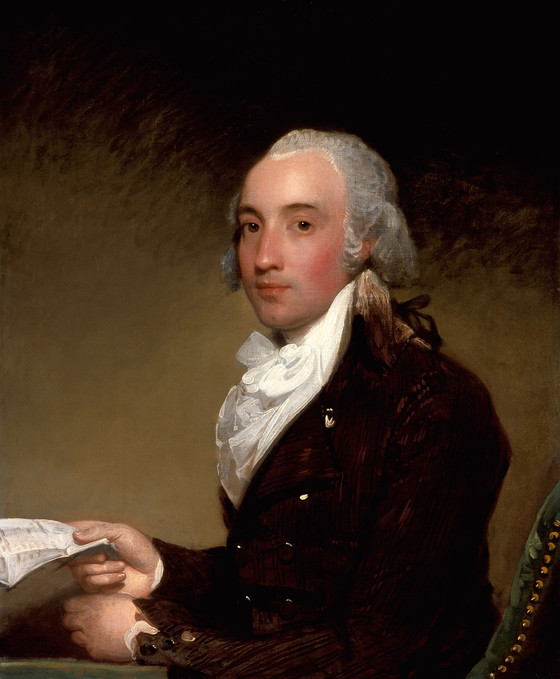Portrait of Richard Barrington, Later Fourth Viscount Barrington

Please log in to add this item to your gallery.
View comments
No comments have been posted yet.
Add a comment
Please log in to add comments.
Please log in to add tags.
* Nearly 20,000 images of artworks the museum believes to be in the public domain are available to download on this site.
Other images may be protected by copyright and other intellectual property rights.
By using any of these images you agree to LACMA's Terms of Use.
Portrait of Richard Barrington, Later Fourth Viscount Barrington
Paintings
Oil on canvas
30 5/16 × 25 1/8 in. (77 × 63.8 cm)
Framed: 37 1/16 × 32 1/8 in. (94.1 × 81.6 cm)
Los Angeles County Fund (68.2)
Not currently on public view


